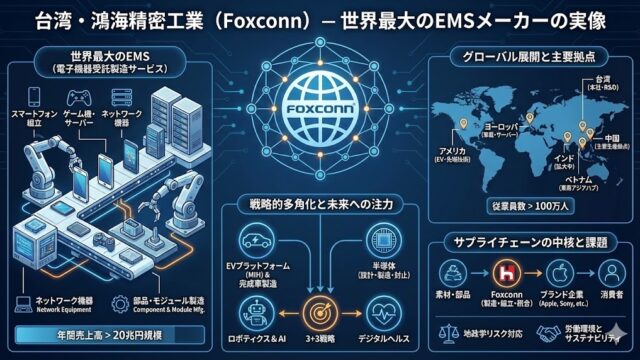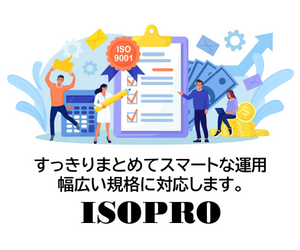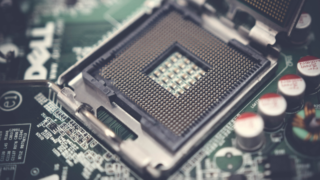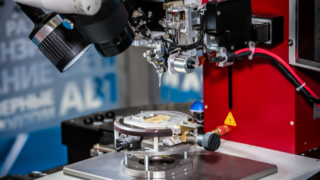In the world of semiconductor design, Electronic Design Automation (EDA) software is essential.
Cadence and Siemens EDA (formerly Mentor Graphics) are two leading providers of EDA tools, each with its own strengths and unique features.
This article compares their offerings to help you determine which is the best fit for your specific needs.
Cadence: The Analog/Mixed-Signal Design Powerhouse
Cadence is a leading EDA company with a strong track record in analog/mixed-signal design, verification, and sign-off tools. In recent years, they have also focused on AI-driven design to improve efficiency.
Cadence’s Strengths
- Expertise in Analog/Mixed-Signal Design: Offers a comprehensive suite of tools essential for complex analog/mixed-signal circuit design, enabling high-precision simulation, analysis, and verification.
- PCB Design Tools: Provides “Allegro,” an industry-standard PCB design tool that supports a consistent design flow from circuit design and layout to manufacturing.
- Extensive IP Core Portfolio: Offers a wide range of IP cores, contributing to shorter design cycles and reduced risk.
- AI-Driven Design: Develops design tools that leverage AI technology to automate and optimize the design process.
Key Cadence Tools
- Virtuoso: Analog/mixed-signal design platform
- Allegro: PCB design tool
- Genus Synthesis Solution: Logic synthesis tool
- Innovus Implementation System: Place and route tool
- JasperGold: Formal verification tool
- Xcelium: Logic simulation tool
Siemens EDA: The Digital Design and Verification Specialist
Siemens EDA is an EDA provider specializing in digital design, verification, and sign-off tools. They are particularly well-regarded for their Design for Test (DFT) and test solutions.
Siemens EDA’s Strengths
- Expertise in Digital Design: Offers high-performance tools for complex digital circuit design, improving design efficiency and quality.
- Comprehensive DFT Solutions: Provides a complete DFT solution to achieve high-quality testability.
- Wide Range of Applications: Offers solutions for various design needs in automotive, IoT, aerospace, and other fields.
- Integration with PLM: Facilitates centralized management and sharing of design data through integration with Siemens’ Product Lifecycle Management (PLM) software, Teamcenter.
What is PLM Integration?
PLM integration connects Product Lifecycle Management (PLM) systems with other systems.
PLM is a method for managing the entire lifecycle of a product, from planning and design to manufacturing, sales, maintenance, and disposal.
PLM systems centralize all product-related information and share it among relevant departments, improving product development efficiency, quality, and cost reduction.
By integrating PLM with other systems, companies can share and link information, leading to even greater benefits such as:
- Improved data consistency: Sharing data between systems prevents duplication and inconsistencies.
- Increased efficiency: Smooth information sharing improves efficiency across departments.
- Reduced lead times: Streamlined information flow reduces lead times from design to manufacturing.
- Cost reduction: Eliminating unnecessary work and inventory reduces costs.
- Quality improvement: Reduces design and manufacturing errors.
- Increased customer satisfaction: Accurately capturing and incorporating customer needs into product development.
Key Siemens EDA Tools
- Calibre: Physical verification tool
- Tessent: DFT tool
- Questa: Functional verification tool
- Xpedition: PCB design tool
- Mentor Graphics QuestaSim: Logic simulation tool
- FormalPro: Formal verification tool
Cadence vs. Siemens EDA: Which Should You Choose?
The best EDA tool depends on your design target, design flow, required features, and budget. Here’s a quick guide:
- Focus on analog/mixed-signal design: Cadence
- Focus on digital design with DFT requirements: Siemens EDA
- PCB design needs: Cadence (Allegro)
- Interest in AI-driven design: Cadence
- Need for Siemens PLM integration: Siemens EDA
Evaluate both companies’ tools and choose the one that best suits your project needs.
What is DFT?
DFT stands for Design for Test. It involves incorporating testability features into the design of integrated circuits (ICs) like LSIs and VLSIs.
These circuits are complex, and testing their functionality after manufacturing is crucial.
DFT simplifies this testing process by embedding specific design elements that enhance testability.
Key DFT techniques include:
- Scan design: Chains together flip-flops within the circuit to allow for external testing.
- Memory BIST (Built-In Self-Test): Embeds test circuits within memory for self-diagnostics.
- Logic BIST: Embeds test circuits within logic circuits for self-diagnostics.
- Boundary scan: Tests the connections between chips.
Conclusion
Both Cadence and Siemens EDA offer powerful tools that drive advancements in semiconductor design.
By understanding their strengths and selecting the right tools, you can design high-quality chips efficiently.
These advancements in semiconductor technology ultimately fuel innovation in smartphones, PCs, AI, and countless other areas.
Note: This article does not endorse any specific company or product.




![(株)ディスコ[Disco]の財務諸表分析[FY2021~FY2022]](https://semi-connect.net/wp-content/uploads/2023/11/ea9d285814fa82dbf2c87275c44211e5-640x360.png)








